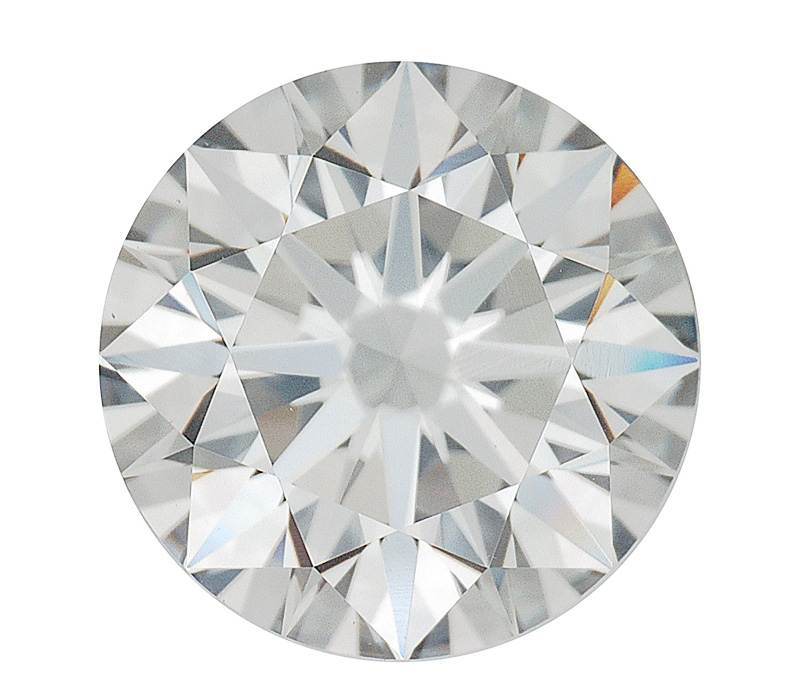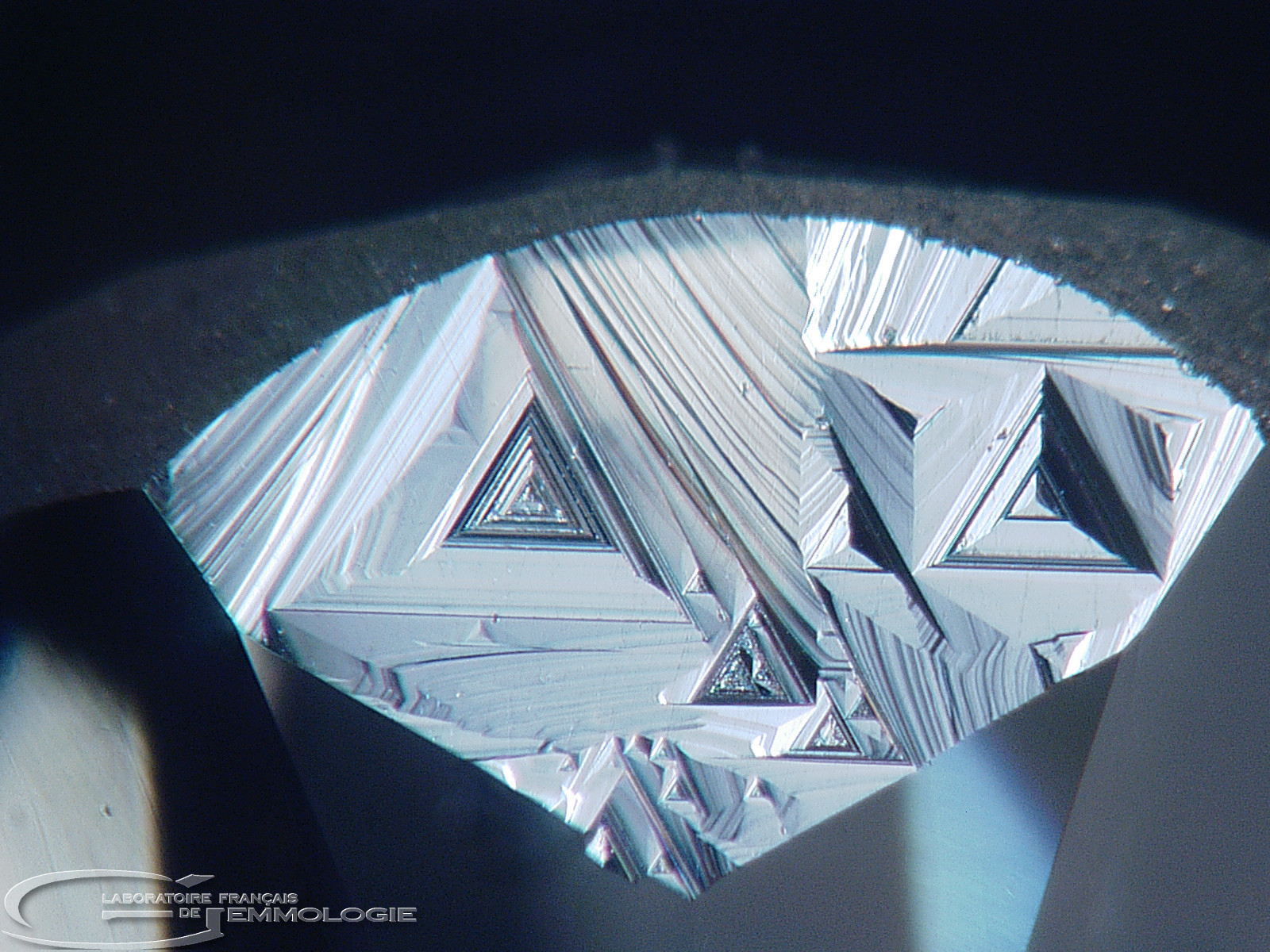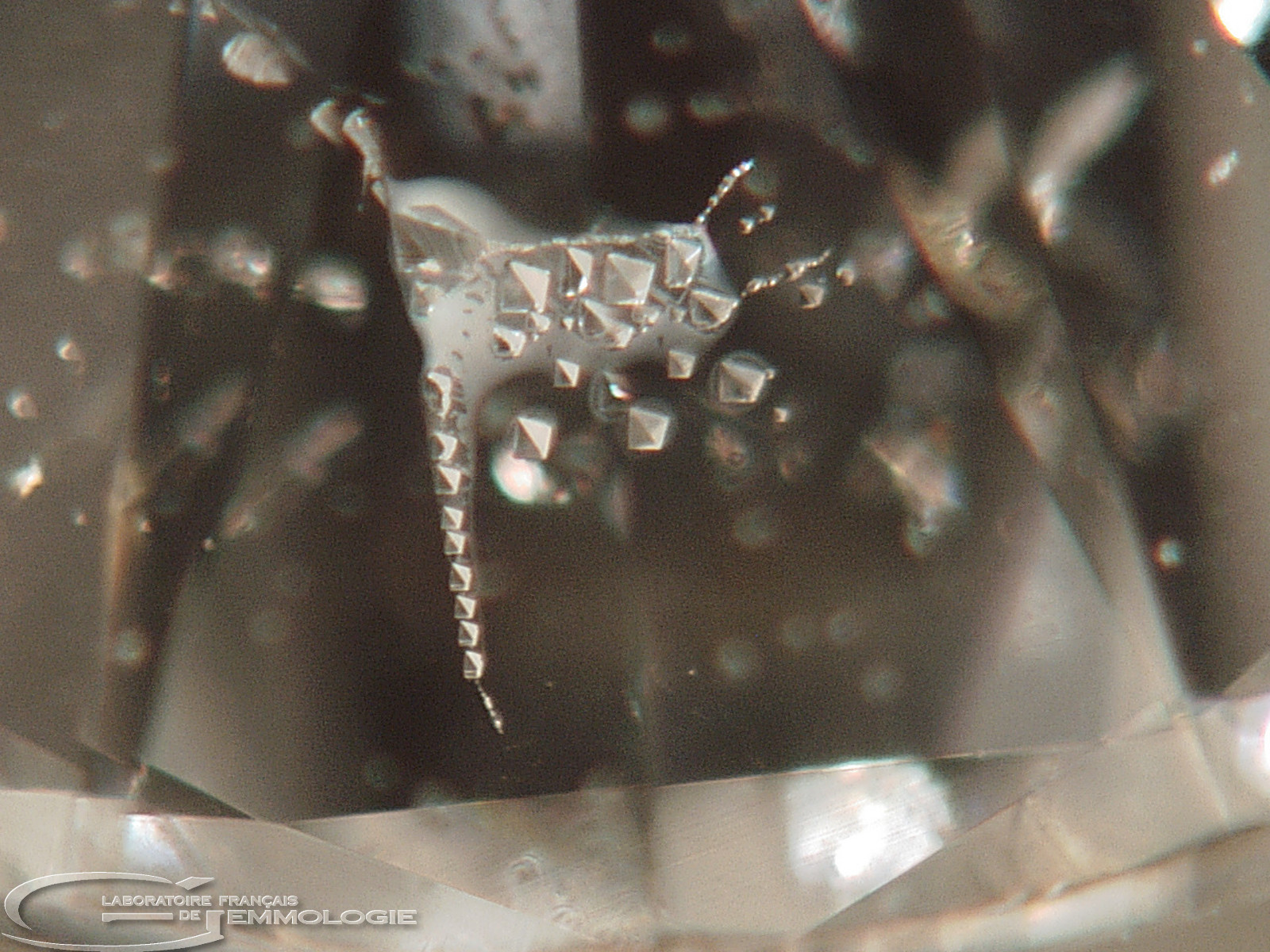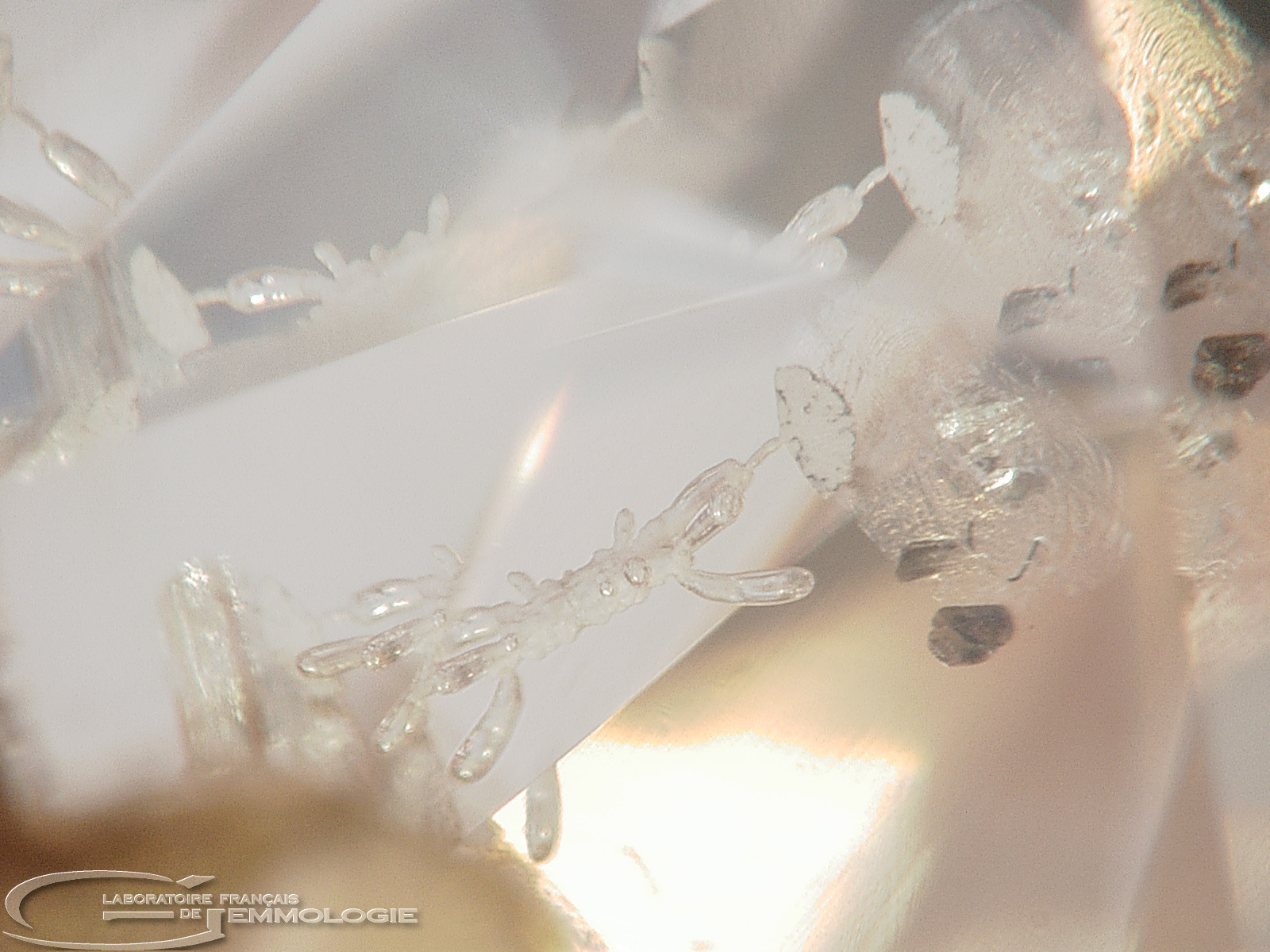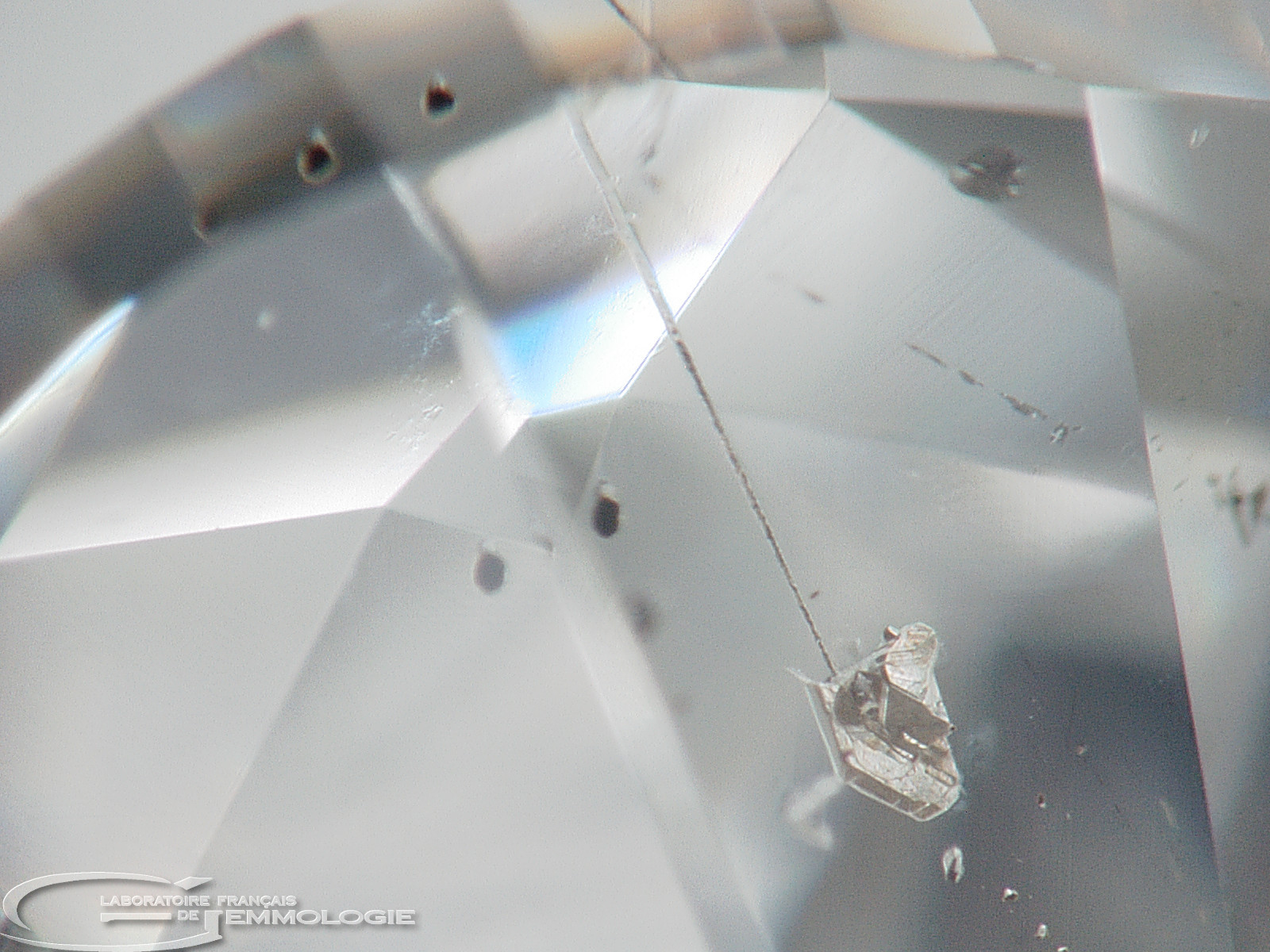GEMSTONE LIBRARY
DIAMOND
Diamond is a carbon-based mineral, just like graphite. It forms in the Earth’s mantle and has been able to rise to the surface of the Earth by means of volcanic eruption (kimberlite and lamproite-type rock). Diamonds are exceptional because they attest to Earth’s history. They can contain minerals from the mantle, which inform about the formation of our planet.
Diamonds submitted to the laboratory must be removed from their setting to be analysed and graded. The setting would influence the attribution of a specific clarity and colour grade and precise colour. Then, all diamonds are identified (natural or synthetic, treated or untreated). Natural diamonds are graded in terms of colour and clarity by 3 different gem specialists. Their size is also graded, according to our procedures. An inclusion scheme is also provided with our analysis reports.
CHARACTERISTICS
- Name: Diamond
- Mineralogical nature: Diamond
- Colour: Colourless, yellow, orange, brown, pink, red, purple, green, violet, blue, black, grey, white
- Crystal system: Cubic
- Chemical composition: C
- Causes of colour: N, B, H, plastic deformations (graining), lacuna
- Density: 3.52
- Hardness: 10
- Cleavage: Clean depending on face of octahedron {111}
- Fracture: Conchoidal with splintering
- Optic sign: Isotropic
- Refractive index: 2.417
- Birefringence: Null
- Dispersion: 0.044
- Pleochroism: Null
- UVL: Inert to blue, yellow, green weak to very strong
- UVC: Inert to blue, yellow, green weak to very strong (generally weaker than UVL)
- Treatments: Coating
- Drilling: Laser drilling
- Filling cracks with glass
- Irradiation, possibly followed by heat treatment
- Syntheses: High temperature high pressure (HTHP)
- Chemical vapour deposition

